This is how you can make your kitchen plastic-free

kitchen utensils
Kitchen utensils are often made of plastic. Here, too, plastic is so popular and common because it is durable, light and cheap - but also harmful to the environment. In addition, some plastic products even pose health risks. Utensils made of melamine resin (eg cooking spoons) can give off melamine and formaldehyde to food as soon as they are heated above 70°C. Unfortunately, this is not always sufficiently marked. Many people worry that wooden utensils are unhygienic. However, that is not true. Some types of wood (e.g. pine, spruce, oak, maple or beech) naturally have an antibacterial effect – tannins kill bacteria. With plastic boards, every time you cut them, cracks appear in which bacteria can settle. The board can only be hygienically cleaned again by hot rinsing. Fortunately, there are many plastic-free alternatives for the kitchen, most of which even look cooler and of higher quality. Instead of plastic products, you can find chopping boards or cooking spoons made of wood, measuring cups, whisks or spatulas made of stainless steel and storage jars made of glass almost everywhere.

Stay hydrated!
Almost without exception, water from the tap can be drunk without hesitation in Germany. Bottled water sometimes has to travel thousands of kilometers before it is available in the supermarket. Tap water, on the other hand, usually comes from regional groundwater wells or from spring or surface water. In addition, it is significantly cheaper compared to other drinks: For one cent you get about two liters of water from the tap. The topic also plays a role for the environment. PET bottles are made from crude oil using a lot of energy. They are always suspected of releasing harmful substances such as hormone-like substances and plasticizers into the water. And what about returnable bottles? Fewer and fewer drinks are being filled in reusable bottles instead of single-use bottles. In 2017, the reusable share was just under 42.2%. Did you know that not every returnable bottle is automatically a reusable bottle? If a deposit is charged, this does not mean that you automatically buy a returnable bottle - these are marked. But does that even matter if disposable bottles are recycled again? Unfortunately, this is not correct. Only a third of the bottles are recycled back into your plastic bottles. The most sustainable solution is to get your own refillable glass or stainless steel bottle that you can use over and over again.
household foils
cling film
Have you ever wondered why something that is designed to be used once and thrown away is made out of a material meant to last forever? Cling film is made of polyethylene (PE). This is a durable plastic whose raw material is ethene, which in turn is derived from petroleum. The production of cling film is therefore energy-intensive and the product cannot be degraded by nature. Cling film prevents food from drying out. It often contains phthalates (plasticizers) that can leach into food. By the way: Single-use products and packaging make up the largest part of the global plastic waste. The cling film is part of the sales packaging and belongs in the yellow sack. In Germany alone, 18.7 million tons of packaging waste were generated in 2017. Of this, 69.9% was recycled. There are many sustainable alternatives to cling film. It is often sufficient to store food (e.g. a cucumber) without any additional protection. The dried out areas can simply be cut off. Another option is to cover a bowl with a plate to keep air out. You can also get stainless steel or glass containers to store your food in. Or do you already know plant wax wipes? You can get these in many stores now. But you can also make your own cloth. Here we showed you how it works.

aluminum foil
Aluminum has high corrosion resistance. This means that the material does not change despite reacting with the environment. That is why aluminum foil is very popular in many households. But the production of aluminum products destroys our environment and can also be harmful to your own health. Aluminum is never found in its pure form, only in compounds or solutions. The starting material for the production is bauxite, which is mainly found in rain forests. The mining of bauxite requires large areas of land, since the raw material is only stored in a very thin layer in the ground. Rain forests are cleared for the extraction of aluminum and the process is very energy-intensive. Red mud is a by-product of aluminum production. This mud is very toxic. Among other things, it contains mercury and radioactive uranium. Red mud is formed when bauxite is heated with caustic soda and the heavy metals are dissolved. Most often, red mud is dumped in lakes or dumped into rivers, contaminating groundwater. Germany has the highest per capita consumption of aluminum at 31.6 kg per year. The material is particularly popular for the construction of cars. With 44%, the transport sector in Germany is furthest ahead when it comes to the use of aluminium. Packaging, on the other hand, accounts for 9%. In Germany, that is about 2.8 kg of aluminum packaging per person per year. Manufacturing aluminum uses about 25 times more energy than processing glass. So just pack your food in a reusable container instead of wrapping it in aluminum foil. Grill pans made of stainless steel should also be used for grilling instead.
baking paper
Baking paper is a paper coated with Teflon (PTFE), which ensures that baked goods do not stick in the oven. Because of the coating, it is not recycled but incinerated. This releases toxic fumes that harm the environment. By the way: Baking paper belongs in the residual waste, not in the waste paper. Due to its coating, it cannot be dissolved in water and is therefore not suitable for paper recycling. Finding an alternative to baking paper is not always easy. Most reusable baking papers are made of silicone and therefore also contain plastic. This alternative is still better for the environment because it is not a single-use product that immediately ends up in the garbage. But there are also plastic-free alternatives: the simplest way is sometimes simply the best: Grease the baking sheet (e.g. with rapeseed oil). Our grandmothers used to do it that way, and it still tasted best then, didn't it? If you want to be on the safe side, you can sprinkle the greased tray with flour afterwards. But there is more: Baked food rarely sticks to baking trays made of heat-resistant glass. In addition, these are tasteless and metal-free. Baking on natural stones is particularly suitable for pasta such as bread or pizza. Wafers are a good alternative to baking paper for baking cookies and biscuits because they are edible and do not stick to the tray.

But first, coffee?
Coffee is the most popular drink among Germans. On average, a person drinks around 162 liters of the stimulant every year, i.e. almost half a liter a day. But what does our coffee consumption actually mean for the environment? The different ways of preparing coffee result in different types and amounts of waste. For the usual preparation in the coffee machine, only a filter (usually made of cellulose), water (approx. 125ml) and the coffee powder itself (approx. 7g) are required. But be careful: For the production of the coffee, i.e. during the production in advance, approx. 140 liters of water are used per cup! So are fully automatic coffee machines better? The coffee is always fresh, because only as much is prepared as is drunk. But the machines consume more energy and are more expensive to buy. What about capsule machines? There is a lot of packaging material for a cup of coffee. A coffee capsule contains about 6.5g of coffee. In addition, there is about 2.5g aluminum or plastic for each individual packaging and about 1.5g paper for the outer packaging. So 6.5g of coffee is followed by about 4g of waste. In total, more than three billion coffee capsules are consumed in Germany every year. And then there are the coffee-to-go cups... In Germany alone, around 2.8 billion of them are used every year. Around 40,000 tons of waste are generated by coffee-to-go cups alone. The climate balance of the coffee-to-go cups is 20.8 kg CO 2 per 1000 cups. Without the lid, the balance is reduced by around 60%. So should coffee lovers give up their favorite drink? No, they don't have to, because there are more sustainable alternatives. There are now, for example, reusable stainless steel capsules. Even less waste is produced with a French press, because only coffee powder and water are required here.
chewing gum
The basic ingredient in conventional chewing gum is what is known as “chewing base”. The exact content is usually kept secret by the manufacturers, but is made up of, among other things, petroleum, synthetic flavors, sweeteners, plasticizers and colorings. This means that chewing gum is not biodegradable, it takes nature about five years to break down chewing gum into microplastics. Around 580,000 tons of chewing gum are bought and chewed every year worldwide. 80% of the chewing gum is not properly disposed of in the residual waste and ends up in the environment. On average, up to 80 pieces of old chewing gum stick to just one square meter of the city. Some manufacturers are now producing vegan and plastic-free chewing gum that does not contain petroleum or other harmful additives and is biodegradable. Of course, these must also be disposed of properly.
disposable tableware
In Germany alone, around 350,000 tons of disposable tableware and to-go packaging are produced every year. Plates, boxes and bowls, together with disposable cutlery and to-go cups, make up around 83% of all plastic waste for immediate consumption. Disposable products are never sustainable. That's why you should do without them and instead use reusable alternatives.

grilling
Almost everyone loves it: barbecuing with friends on hot summer days in a relaxed atmosphere. Unfortunately, about 2.5 kg of CO 2 are produced - most of it is produced when the charcoal is burned. About 97% of Germans like to have a barbecue several times a year. A considerable amount of CO 2 is produced in the process. Around 250,000 tons of charcoal are produced in Germany every year. Market research has shown that 80% of charcoal is mis-declared. Instead of wood from regional forests, tropical woods were used for production. And for one ton of charcoal, ten tons of wood have to be burned... In order to protect the tropical woods, you should make sure to buy FSC-certified charcoal. But there are also alternatives without wood, such as charcoal made from olive stones, coconut shells or old vines. Many people use grill lighters to make the charcoal glow faster. These fire accelerators consist of paraffin, which is based on petroleum. In addition, paraffin firelighters emit a lot of smoke and soot, leading to an increased risk of poisoning. If you don't want to use chemical igniters, you can use plain brown cardboard to light the charcoal. But there are also sustainable grill lighters made of wood fibers or electric grill lighters. But then there are the disposable grills for on the go…. These are made of aluminum, which is energy-intensive to produce and is also harmful to the environment and health. In some cities there are already e-grill stations where you can grill for a small fee. But you could also quickly build your own grill. All you need is a metal bucket, a medium-sized pot, and a trellis. Then put the coal in the pot, fire it up and get started.
If you would like to be informed directly about the latest blog posts, please follow us Instagram ! :-)
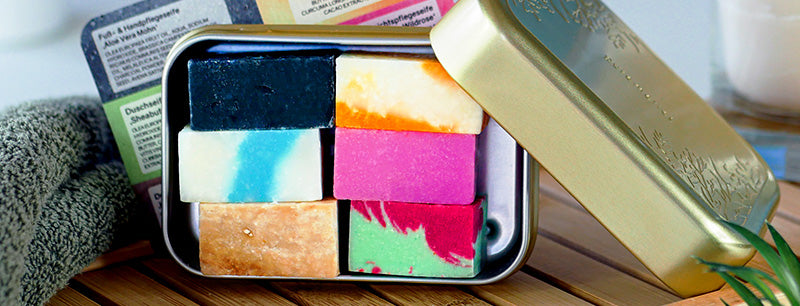
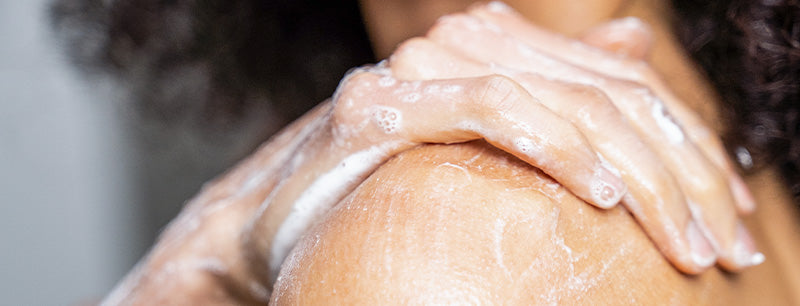
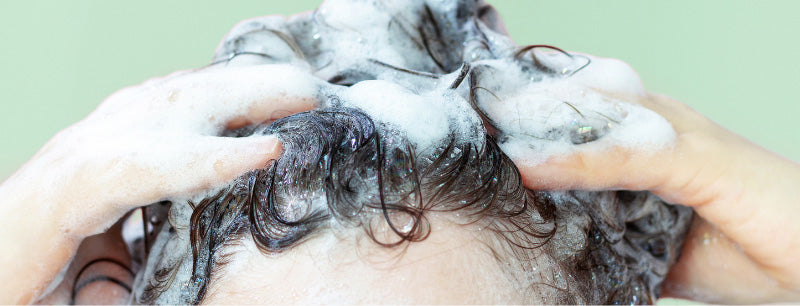
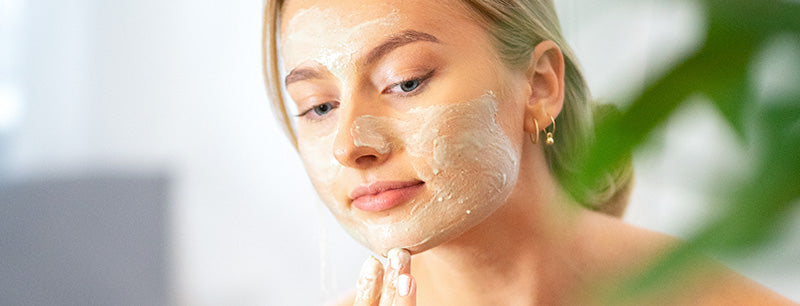
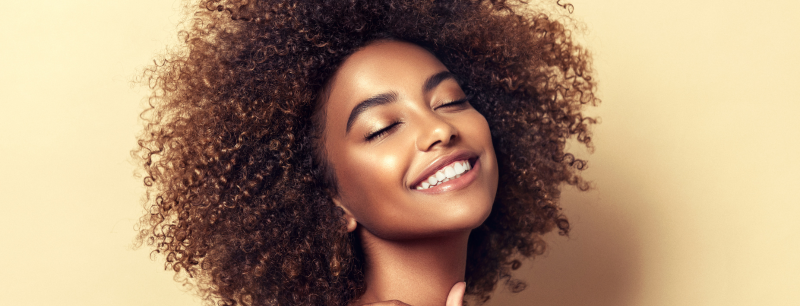
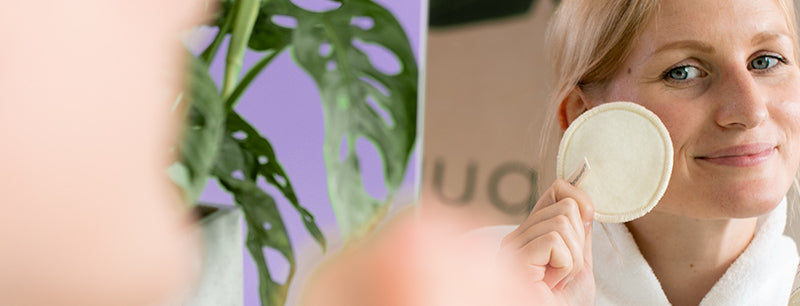
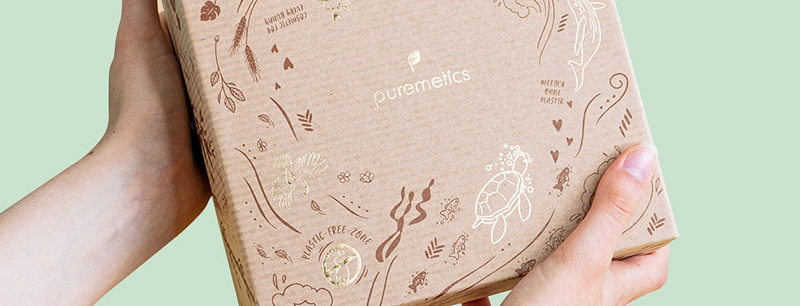

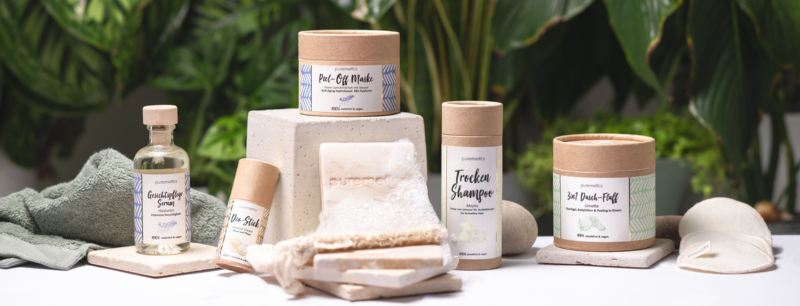





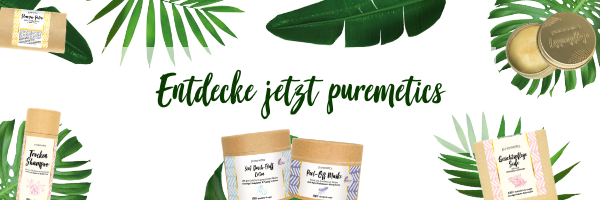



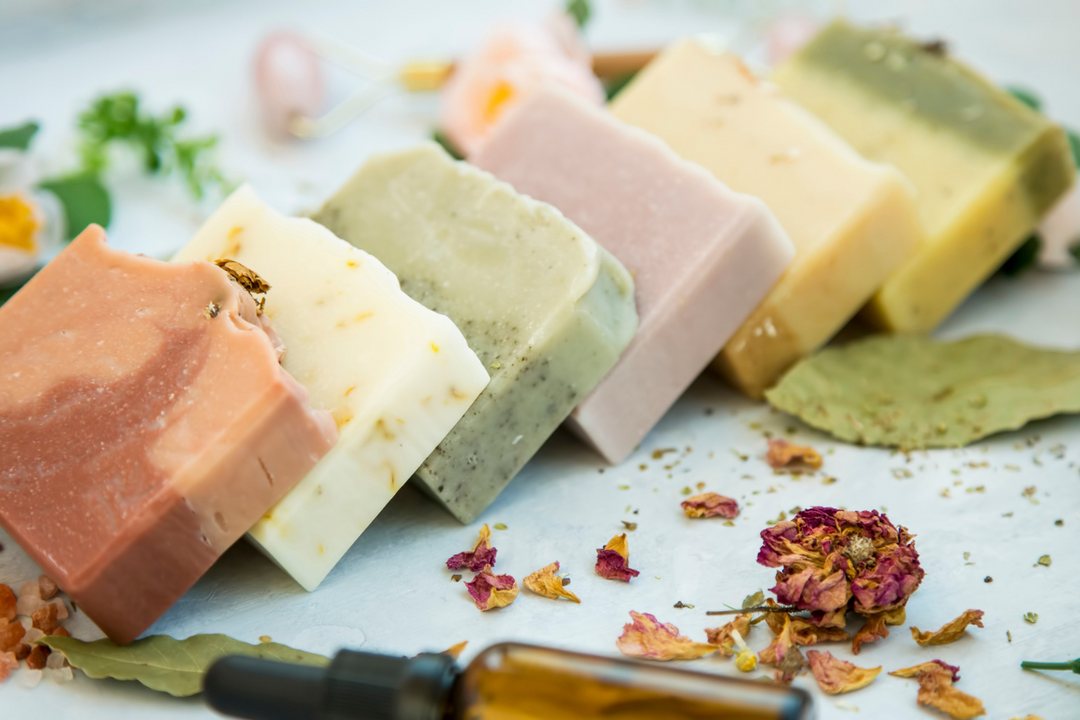
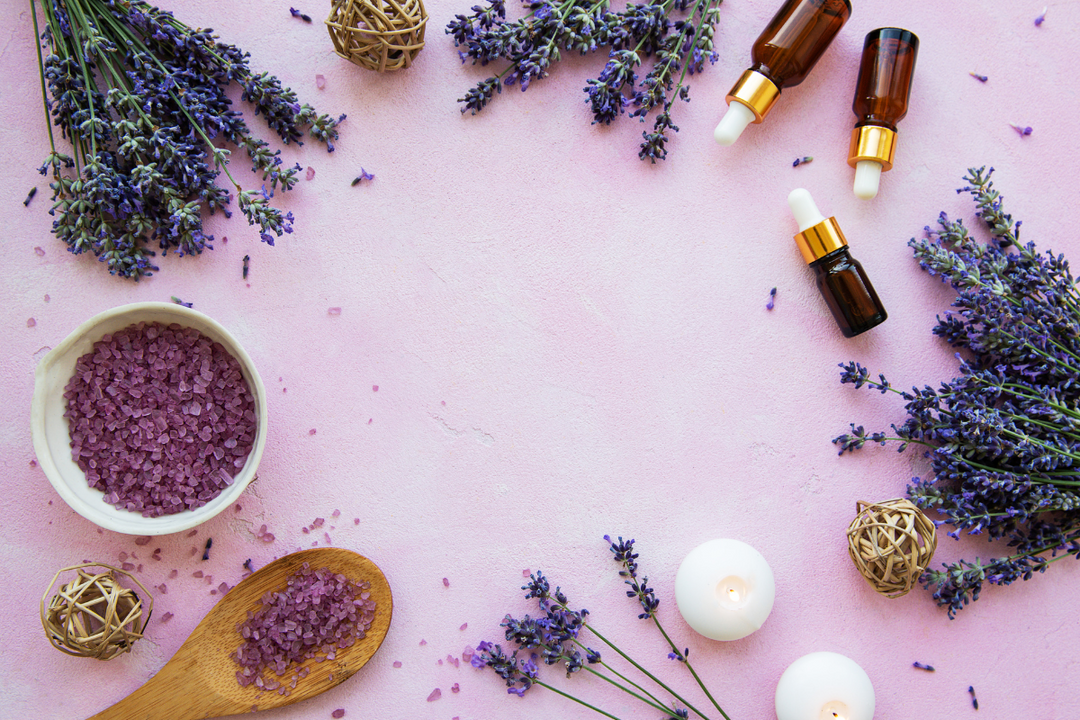
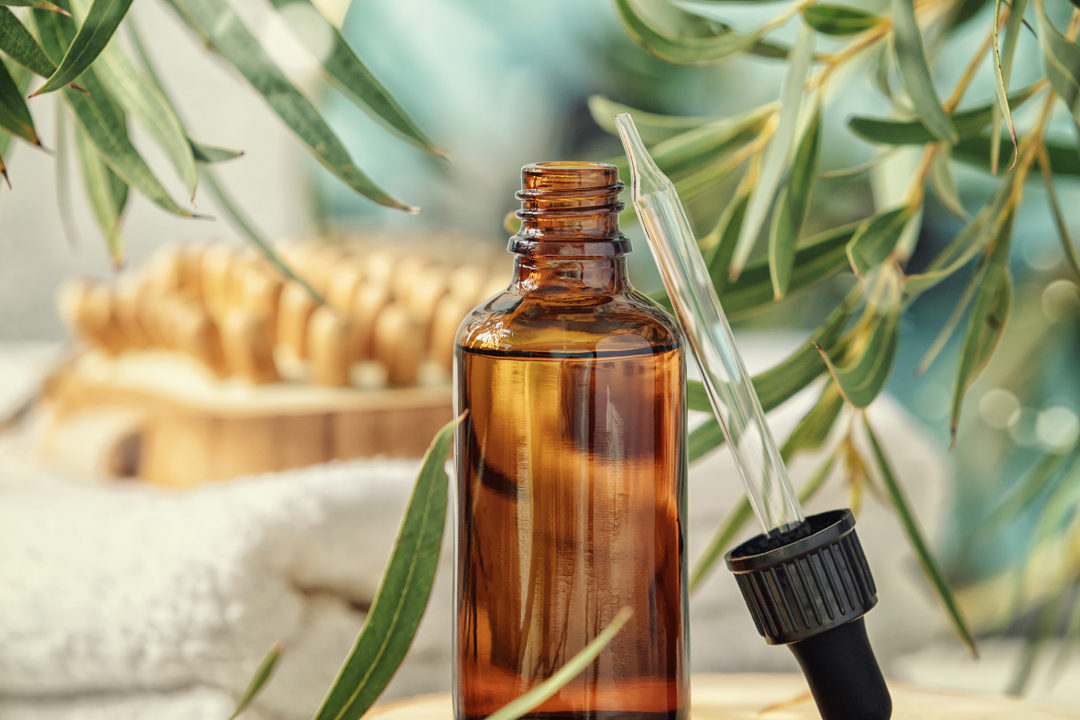
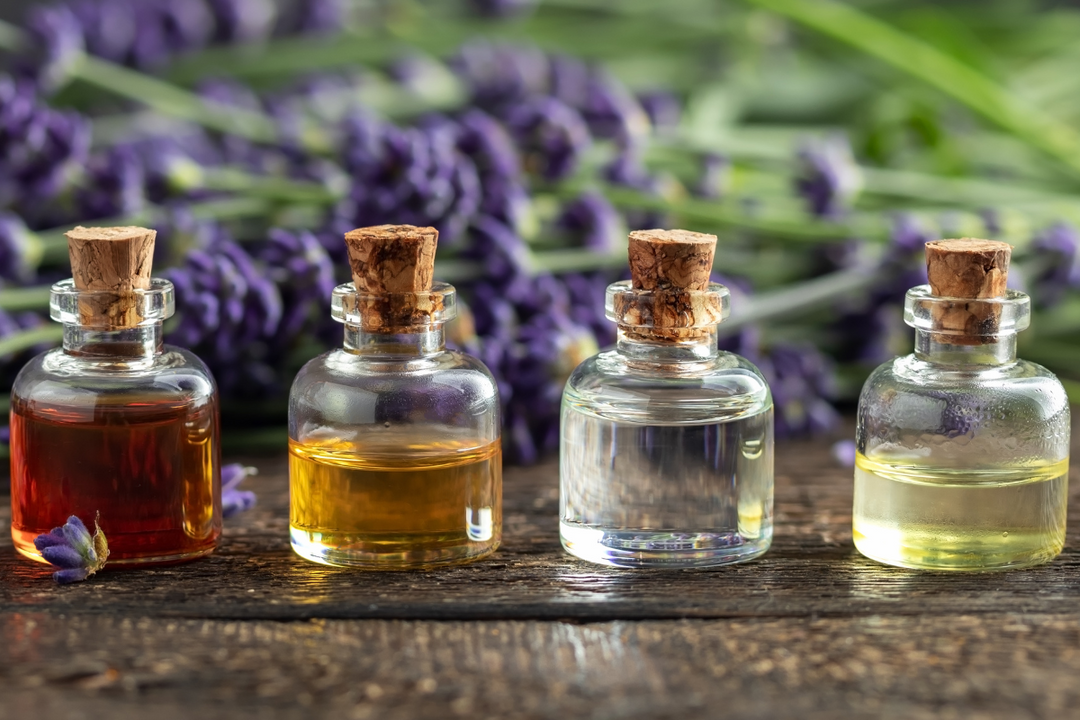

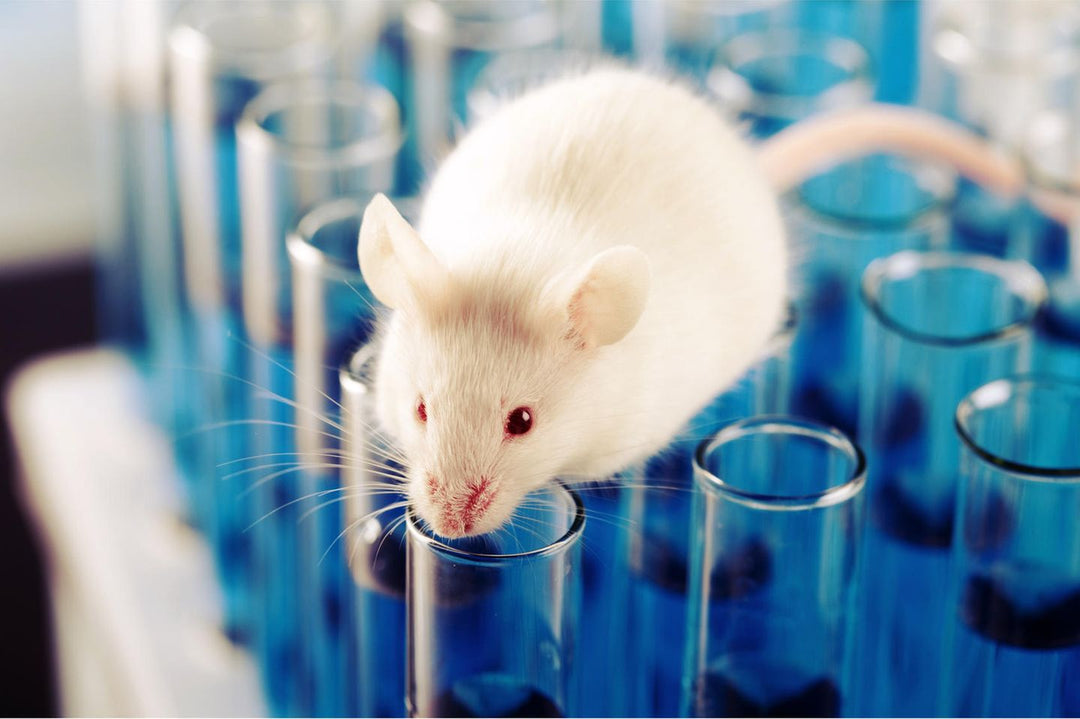
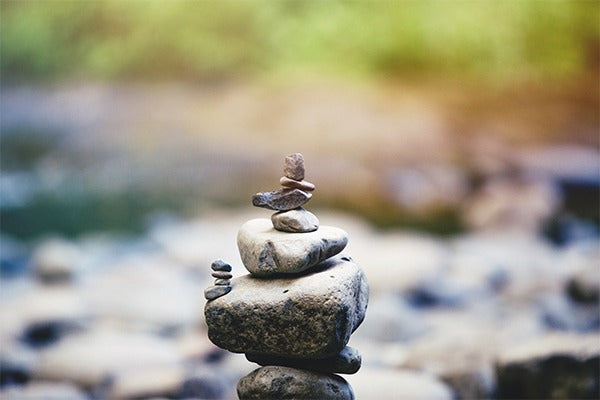
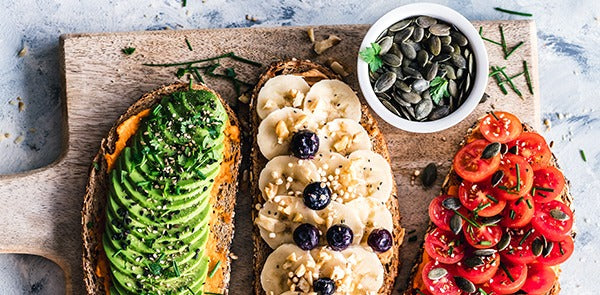
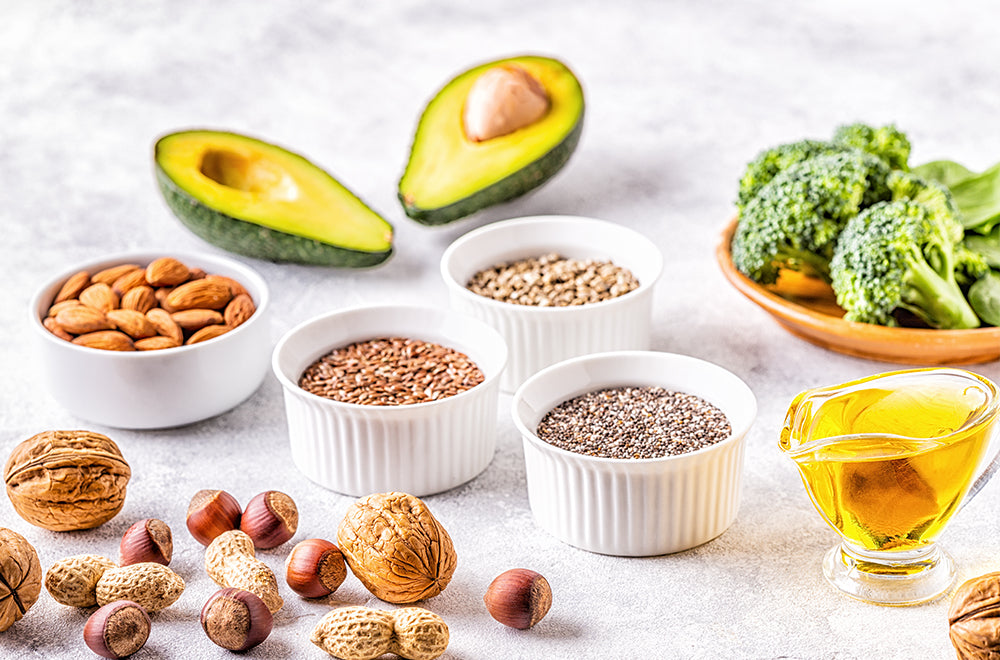
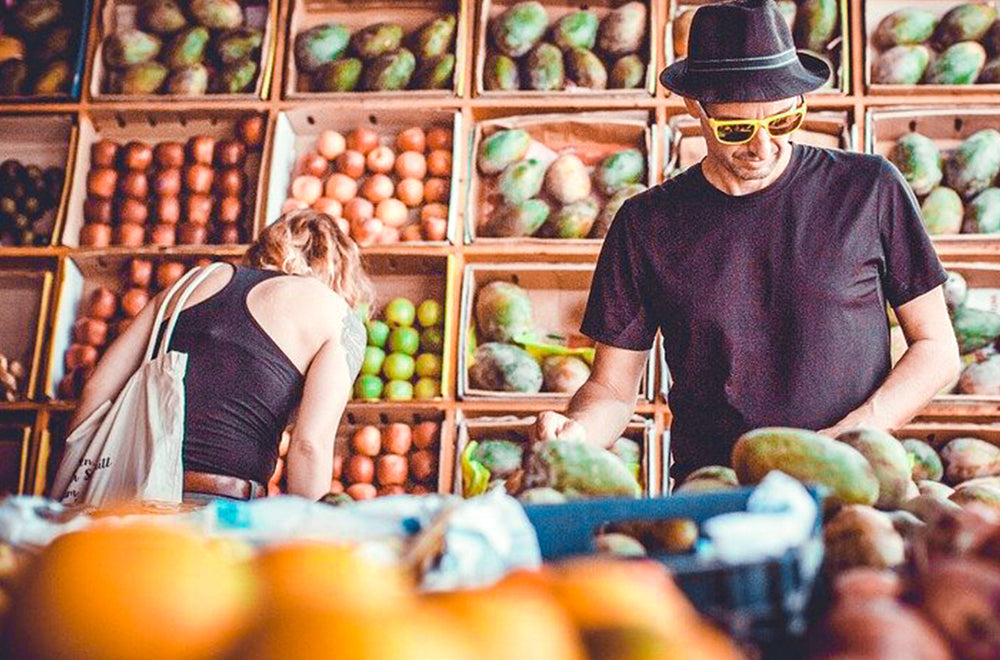
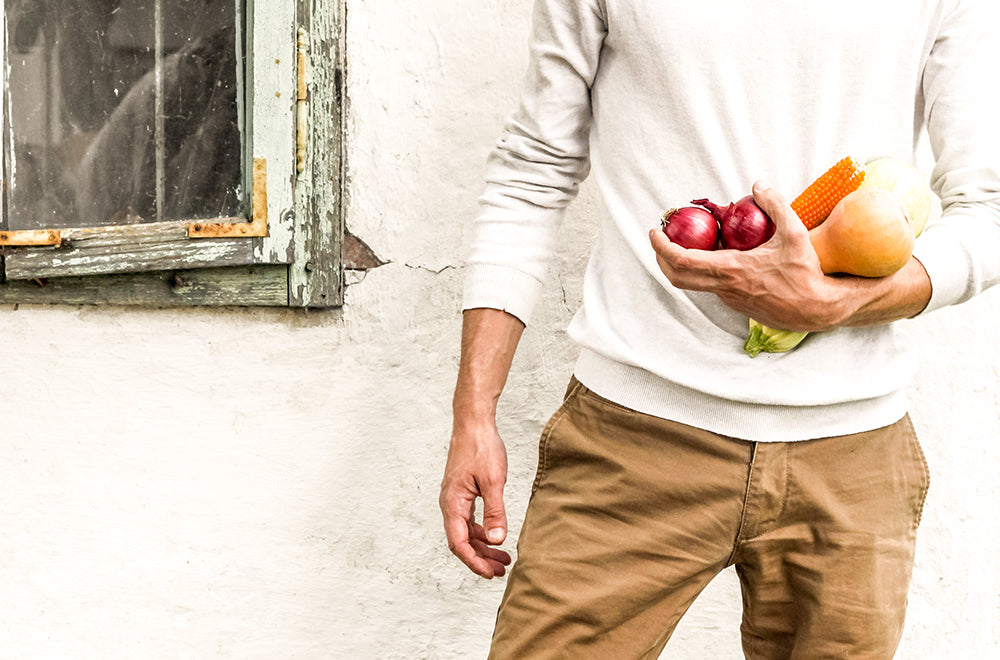
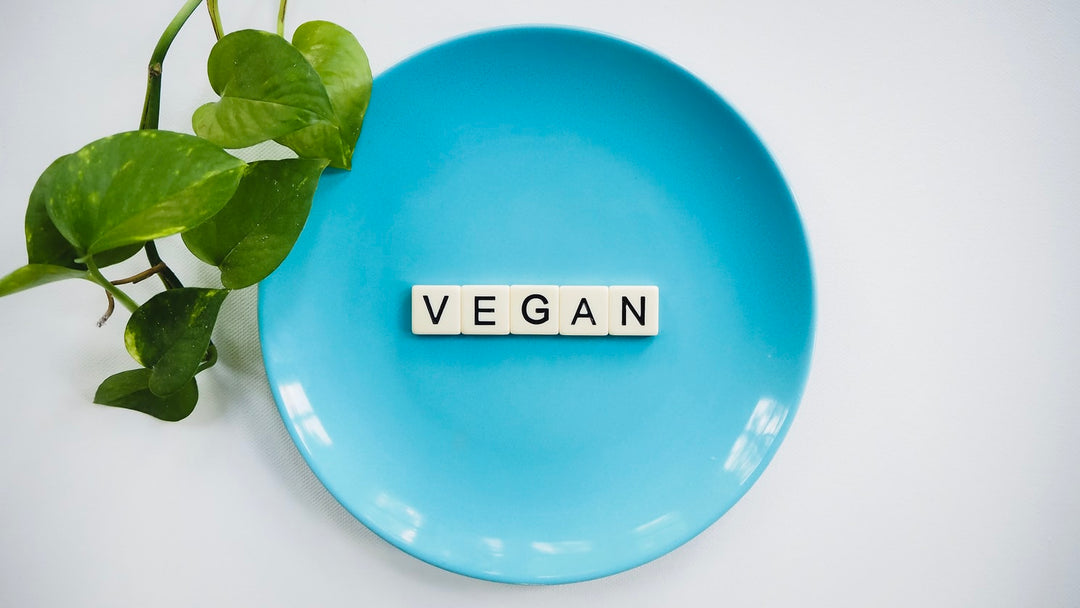
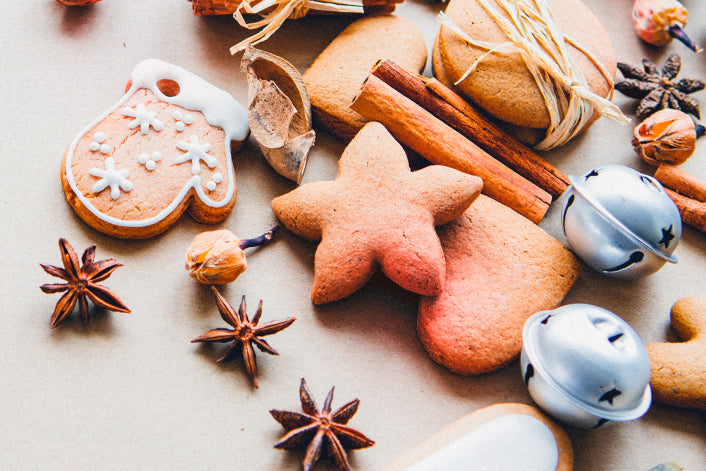
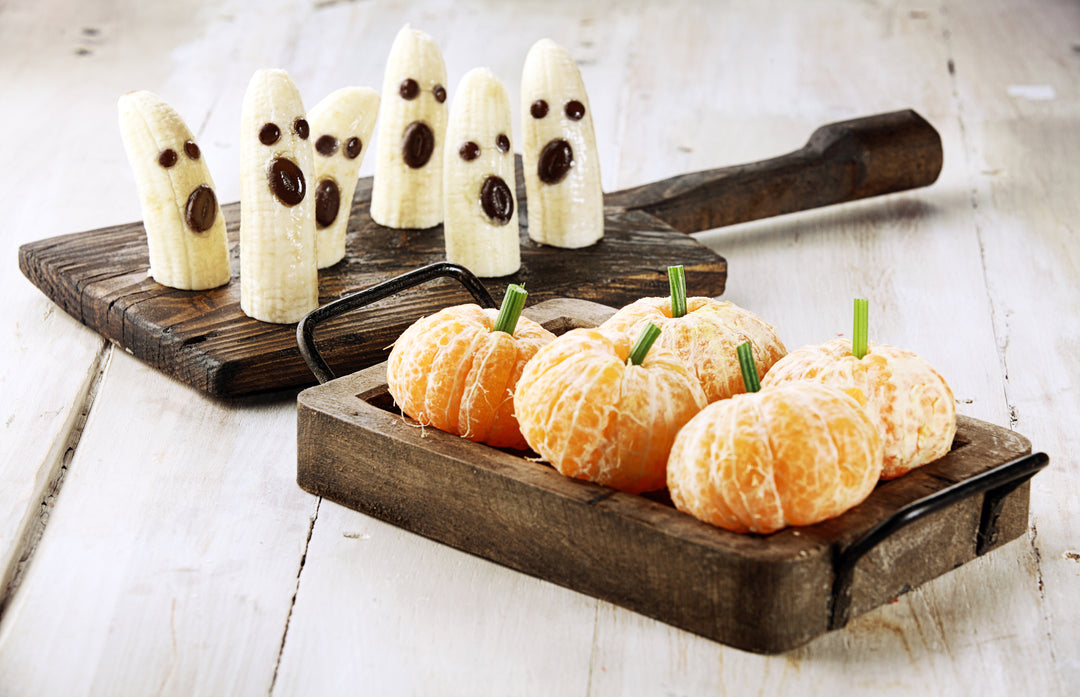
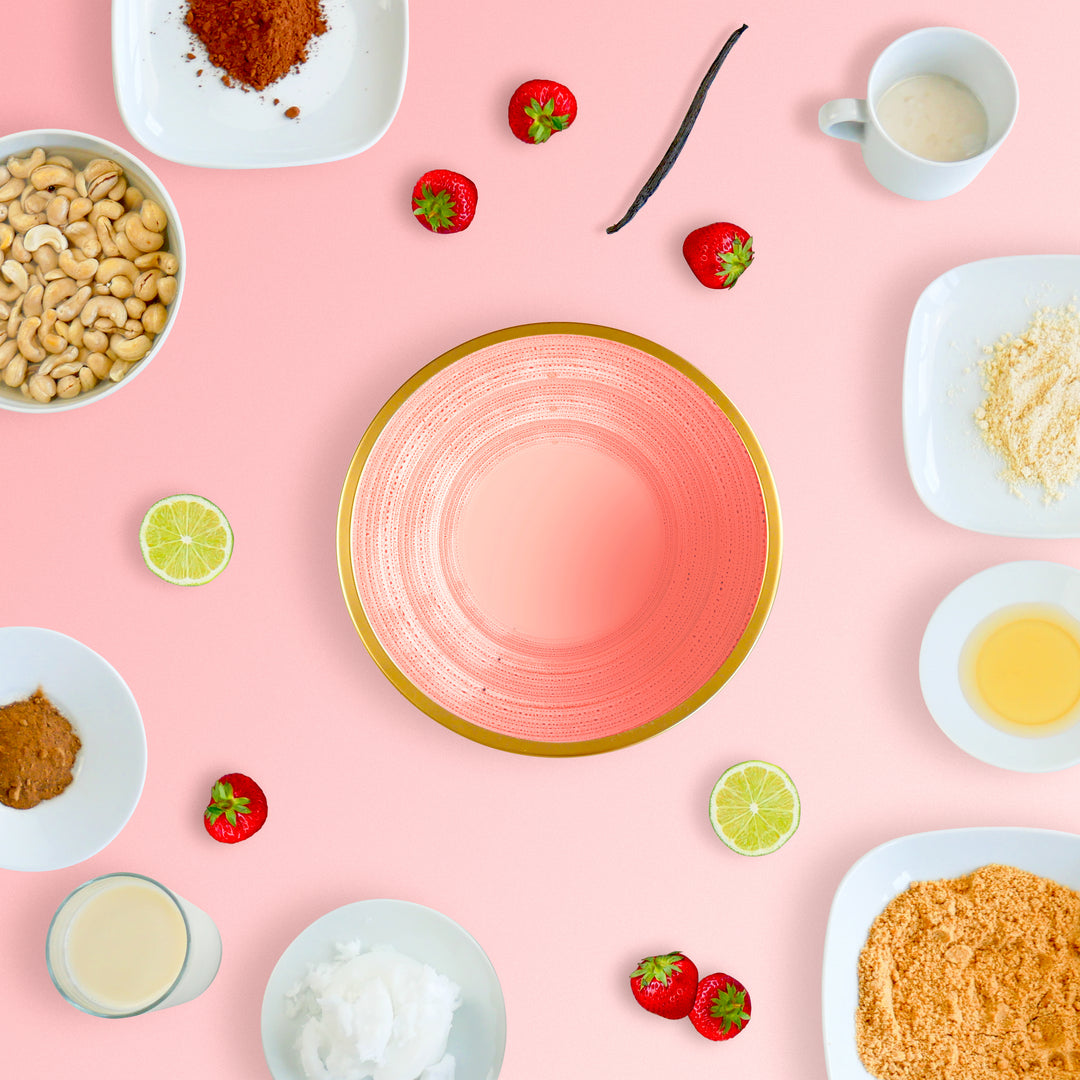
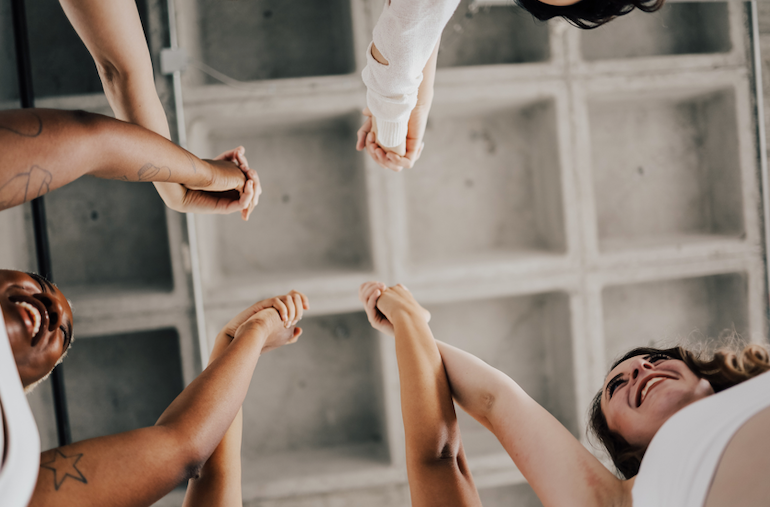
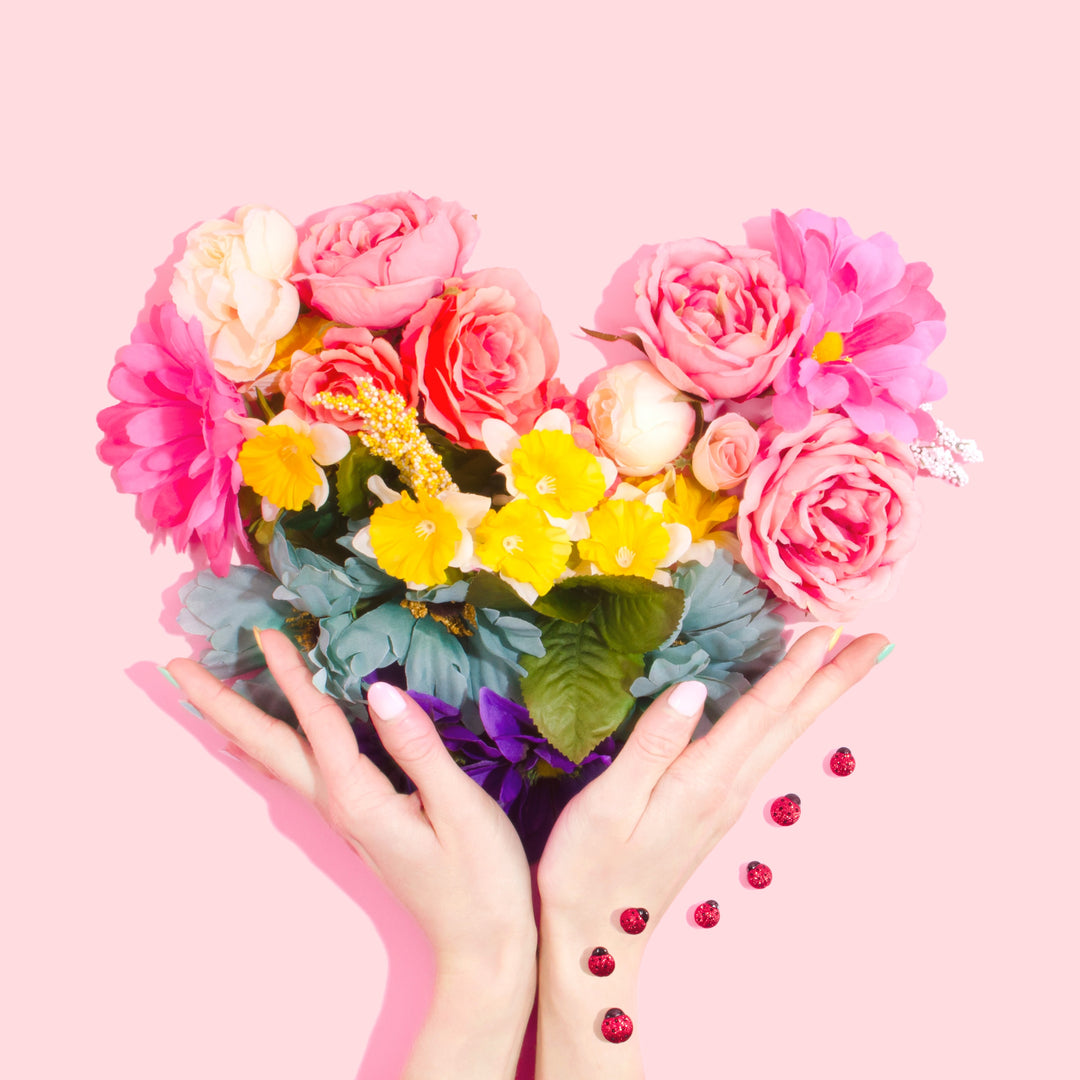
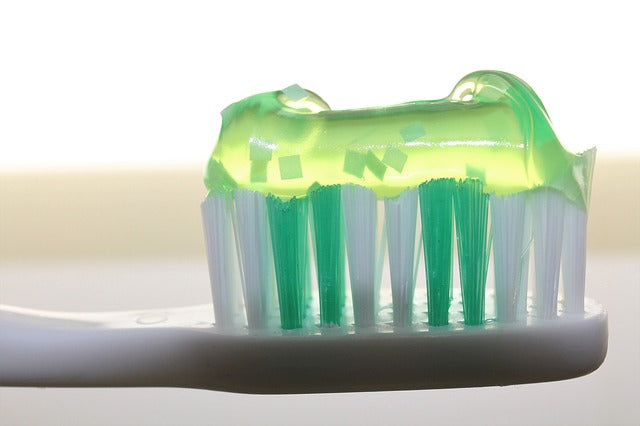
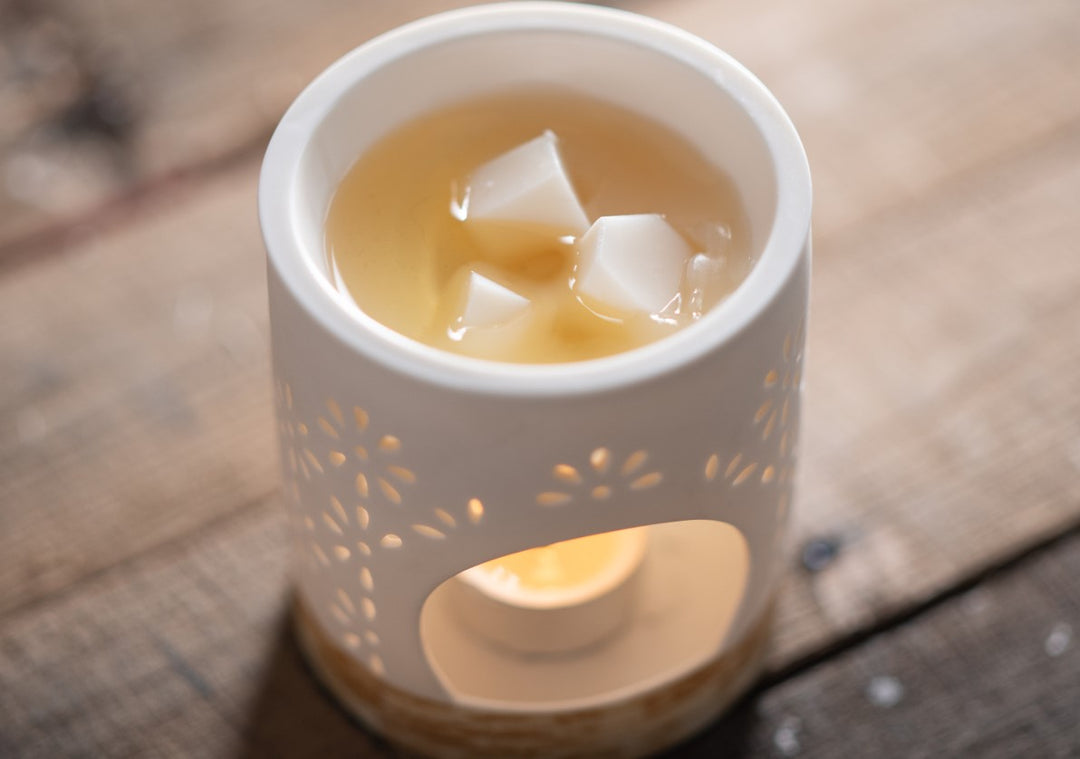
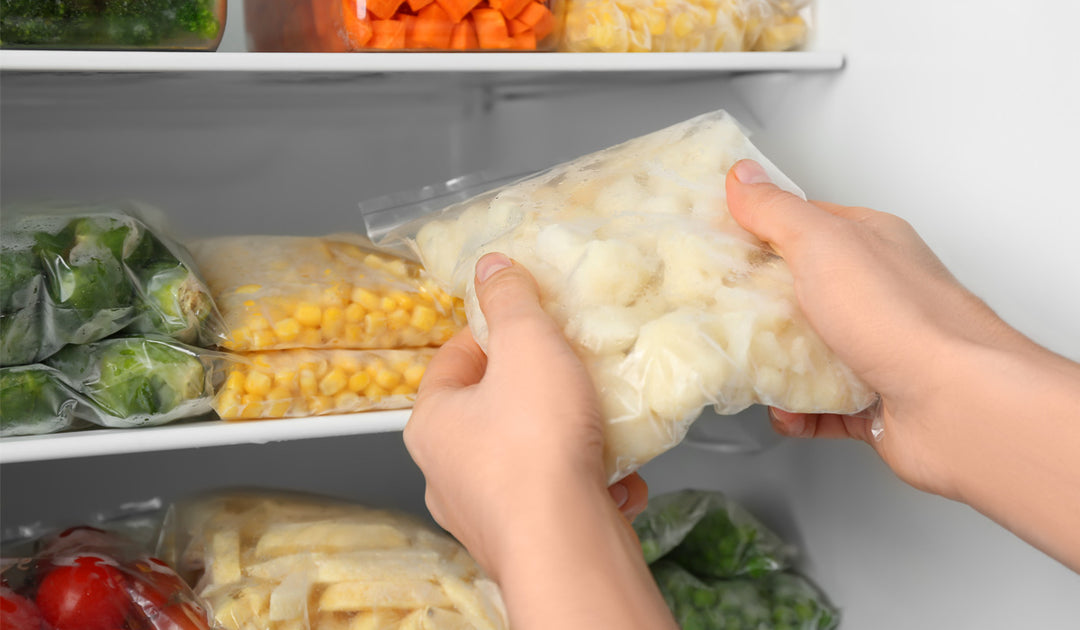
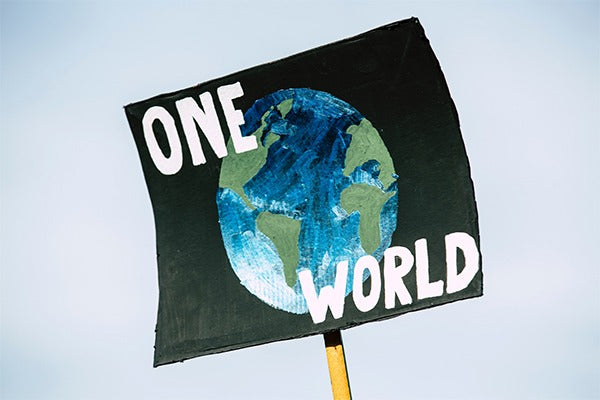

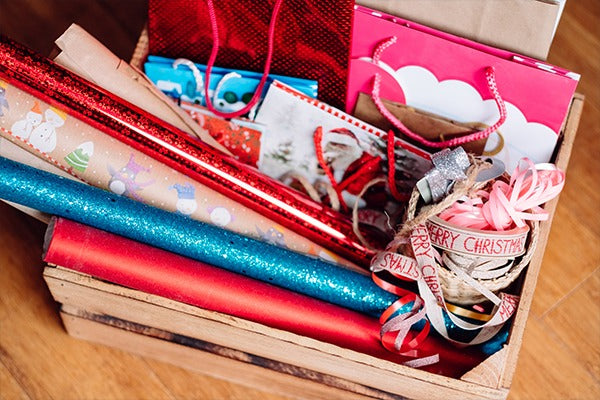
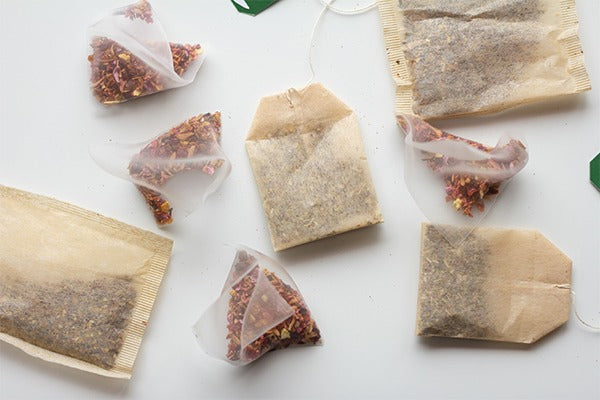
Leave a comment